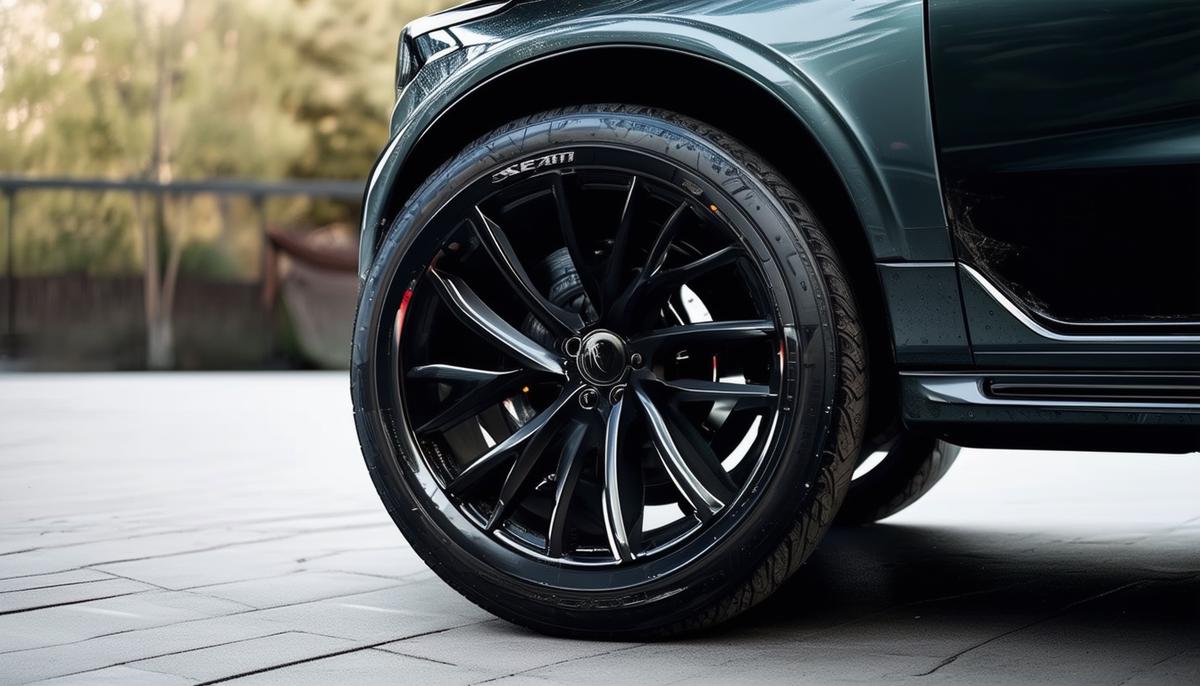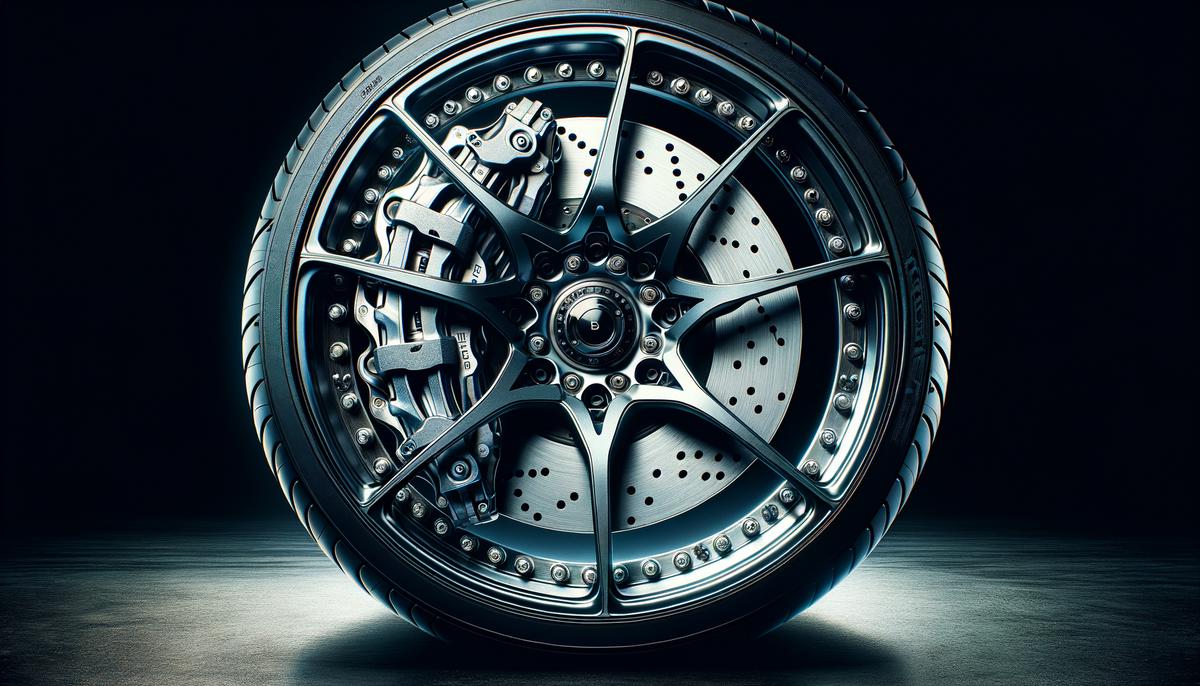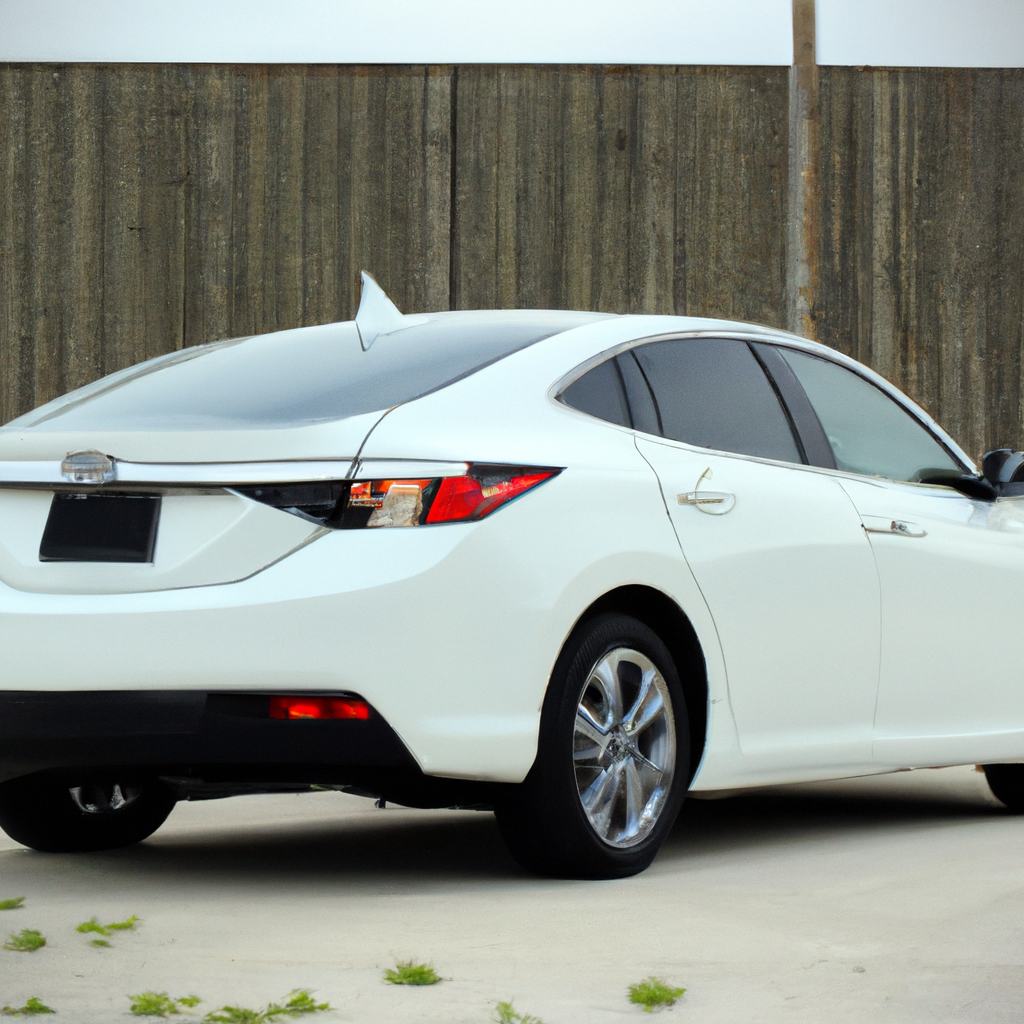Contents
Aesthetic Appeal and Consumer Preferences
The trend towards larger wheel sizes is heavily influenced by aesthetics and consumer preferences. In the automotive industry, appearances often dictate choices, with many consumers associating larger wheels with a more luxurious and powerful vehicle. This association drives a significant part of the market, particularly in segments focused on SUVs and CUVs.
As these vehicle categories have grown in popularity, so has the demand for larger, more visually commanding wheels. Larger wheels fill out the wheel wells more completely, creating a proportion that is often perceived as more visually pleasing. Manufacturers have responded to this trend by designing vehicles that accommodate larger rims, reinforcing the perception that bigger is better.
The aesthetic appeal of larger wheels also plays into the broader cultural association of bigger being synonymous with better or more desirable. In the realm of automobiles, larger wheels often come packaged with higher performance tiers, reinforcing the connection between size, luxury, and capability.
Yet, it's not all about looks; the preference for larger wheels also signifies a change in consumer behavior where style and function are intertwined. While traditionalists might argue that smaller wheels offer better handling and efficiency, the modern consumer increasingly views larger wheels as a mark of a vehicle's capability and status.

Performance Enhancements
Larger wheels bring a fresh dynamic to vehicle performance by enhancing handling, stability, and braking capabilities, particularly in SUVs and other performance-oriented vehicles. Increases in rim diameter often accompany performance upgrades that necessitate enhanced handling and vehicular responses. This enables these larger-equipped vehicles to maneuver with a greater degree of precision and responsiveness.
Handling is particularly affected because larger wheels generally mean larger tire contact patches with the road. This increase in contact area can translate to better traction in turns and decreases in slippage under power. Larger rims also tend to have stiffer sidewalls, which reduces tire deformation during sharp maneuvers.
When it comes to stability, larger wheels exhibit advantages as well. The amplified size aids in a wider distribution of vehicle weight, distributing this mass more evenly across the surface area of the tire roadway interaction. This can be crucial for SUVs and higher-center-of-gravity vehicles that are prone to rolling or pitching motion under conditions like abrupt lane changes or high-speed cornering.
Braking performance also sees notable enhancements with larger wheels. The sizable rim allows for bigger brake calipers and increased rotor diameters, both of which are essential for decreasing stoppage times and distances significantly. In fast-moving traffic scenarios or in emergency stopping circumstances, these incremental advantages can make considerable differences in safety outcomes.
Industry voices acknowledge that while these benefits are significant, they also require changes in manufacturing practices and customer behavior. As tire sizes increase to accommodate larger rims, both tire manufacturers and automotive service providers must adapt. This necessity drives ongoing innovation in how vehicles are equipped and serviced, making larger rims a substantial contributor to advancements in automotive performance technologies.

Economic and Environmental Impact
Increased fuel consumption and higher related costs are significant drawbacks when it comes to opting for larger wheels. The appealing look and the perceived improvement in performance come at a considerable economic and environmental price.
From an economic standpoint, installing larger wheels means more material costs due to the increased use of rubber and metal. These oversized wheels often cost more to manufacture and significantly affect vehicle fuel efficiency. More substantial and broader tires require more energy to rotate, leading to higher fuel consumption. This increment in fuel usage reflects directly on the vehicle owners' budget, particularly when offering regular navigation through urban and suburban terrains.
Additionally, this lowered fuel efficiency naturally escalates the vehicle's ongoing operational expenses. The broader contact patches of larger wheels, while enhancing grip and traction, add to rolling resistance—a key factor in reduced fuel economy. This not only leads to an increased financial burden due to more frequent refueling but also necessitates more frequent tire replacements compared to standard-sized tires.
Environmental concerns loom just as large. Enhanced fuel consumption directly translates into increased carbon emissions—a stark contradiction to global efforts aimed at reducing environmental footprints. While automotive advancements have steeply inclined towards eco-friendliness with electric vehicles and hybrid technologies, the trend of upsizing wheels subtly undermines these gains.
Addressing these concerns is paramount if the trend towards larger wheel sizes continues. While consumer aesthetics dictates much of what the automotive industry offers, it is crucial for manufacturers and buyers alike to balance these desires with conscientious environmental stewardship and economic prudence. The industry needs to further innovate in holistically improving efficiency—not just through engine performance but by incorporating wheel and tire designs that mitigate the adverse impacts identified.

Challenges in Vehicle Design and Safety
The pursuit of larger wheels presents a maze of design challenges that affect not just the aesthetics and performance but also vehicle safety protocols and system accuracy. Integrating larger wheels into vehicle designs is more than just upsizing—they drastically alter the vehicle's dynamics and the efficacy of various calibrated safety systems designed for standard tire dimensions.
Larger rims necessarily involve reconsiderations in the overall vehicle architecture. For instance, as wheel size increases, it inherently dictates adjustments to the vehicle's speedometer and odometer settings. The standard calibrations are based on the circumference of the original wheel and tire setup, which the vehicle's systems use to determine speed, distance traveled, and even provide inputs for navigation. When larger wheels are installed without corresponding adjustments in a vehicle's programming, it can result in the speedometer displaying inaccurate speeds—typically showing lower than the actual speed the vehicle is traveling. This mismatch can lead to unintended speeding or misjudgments in driving process, substantially increasing the risk of accidents.
On a more mechanical level, the larger wheel setup exerts additional strain on the vehicle's braking systems. While bigger wheels allow for larger brakes, which in theory could improve stopping power and control, they also mean a larger mass to bring to a halt. This increased mass often leads to higher forces exerted on brake components during stops, potentially leading to more rapid wear and tear of brake hardware.
Braking is not the only safety feature affected; traction control and anti-lock braking systems (ABS) also face functional discrepancies with changes in wheel size. These systems are calibrated to the specifications of a vehicle's factory settings. Larger tire dimensions often lead to changed handling characteristics, like altered slip rates and traction, affecting how these safety systems kick in during critical moments.
Importantly, the alterations in dynamics and increased weight of larger wheels don't only stress suspension; they could potentially lead to quicker deterioration of suspension components, compounding the safety risks involved. This might affect the responsiveness and reliability of the vehicle under various driving conditions, further straining ABS functionality and traction responses.
Acknowledging these implications, vehicle designers and engineers are tasked with finding solutions that accommodate consumer cravings for sizeable wheels while ensuring safety standards and driving functionality are maintained. This nuanced approach involves striking a balance between embracing trends and adhering to varying regional safety regulations that prioritize preserving the essence of functionality over form. Promising pathways involve continued advancements in material technology to reduce overall wheel weights or adaptive programming for vehicular safety systems specifically suited for larger-than-standard wheel fitments.

In conclusion, while larger wheels may enhance a vehicle's appearance and performance, they bring with them a suite of challenges that cannot be overlooked. The most crucial aspect to consider is the balance between consumer desires for larger wheels and the imperative to maintain safety and efficiency in vehicle design.

- Heißing B, Ersoy M, Gies S. Fahrwerkhandbuch: Grundlagen, Fahrdynamik, Komponenten, Systeme, Mechatronik, Perspektiven. Springer-Verlag; 2016.
- Gillespie TD. Fundamentals of Vehicle Dynamics. SAE International; 1992.
- Hale NW. Tire Performance Technology. John Wiley & Sons; 2020.
- Reif K. Brakes, Brake Control and Driver Assistance Systems: Function, Regulation and Components. Springer Vieweg; 2014.



